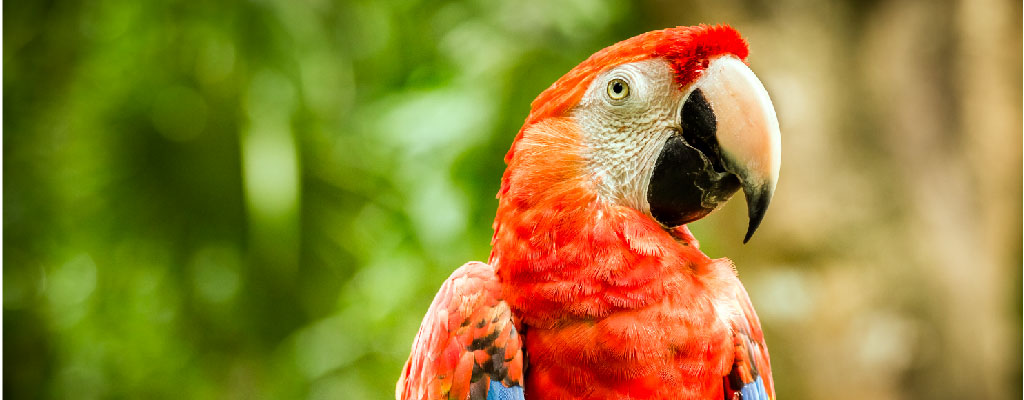Research conducted by:
Richard George, Ph.D. Student in Archaeology
Tags:
Research Summary:
A team of archaeologists sequenced the mitochondrial DNA of scarlet macaw remains found in the Chaco Canyon and Mimbres areas of New Mexico and say it may help scientists one day locate ancient breeding operations of the bird. The researchers sequenced the mitochondrial DNA of 20 scarlet macaw specimens and then directly radiocarbon-dated the birds. Based on the results of the study, the researchers best explanation, especially because these specimens ranged over a 300-year period, is that all the birds came from the same breeding population, which probably existed somewhere in the American Southwest or northern Mexico.
|
Article Title: |
Archaeogenomic evidence from the southwestern US points to a pre-Hispanic scarlet macaw breeding colony |
|---|---|
|
Published In: |
Proceedings of the National Academy of Sciences |
|
Abstract: |
Archaeogenomic analysis of scarlet macaw bones demonstrates that the genetic diversity of these birds acquired by people in the southwestern United States (SW) between 900 and 1200 CE was exceedingly low. Only one mitochondrial DNA haplogroup (Haplo6) is present of the five historically known haplogroups in the lowland forests of Mexico and Central America. Phylogenetic analyses indicate the ancient macaw lineage in the SW shared genetic affinities with this wild lineage. These data support the hypothesis that a translocated breeding colony of scarlet macaws belonging to only one haplogroup existed some distance north of their endemic range, and SW peoples continuously acquired these birds from this unknown location for nearly 3 centuries, as no evidence currently exists for macaw breeding in SW. View article on publisher's website |
Related Articles
- Uncovering universal physics in quantum system dynamics
- Transcriptomic, RNA responses to Mayaro virus infection in mosquitoes
- Project-Based Learning’s Impact on AP Exam Performance
- Safe and Efficient Boost for Accelerated Molecular Dynamics Simulations
- Building a Rapid, Low-Cost Virus Test
- Testing gravitational waveform models using angular momentum

